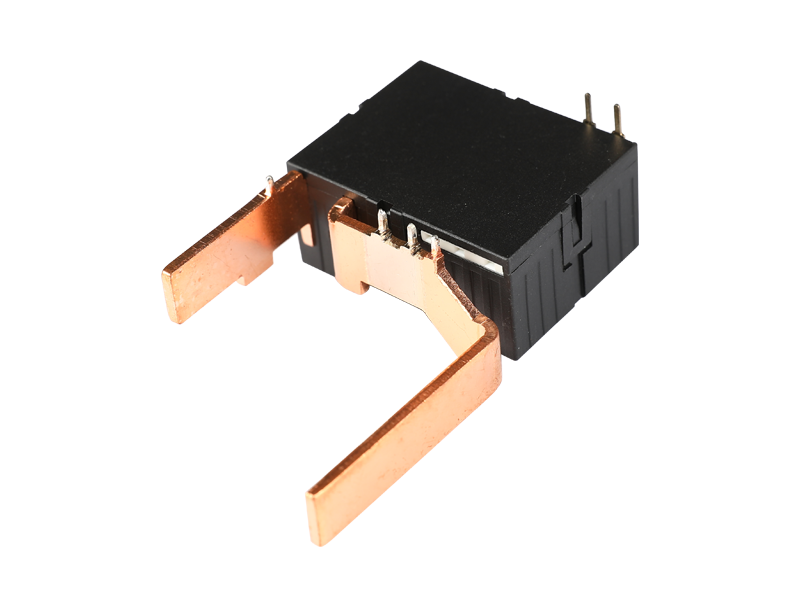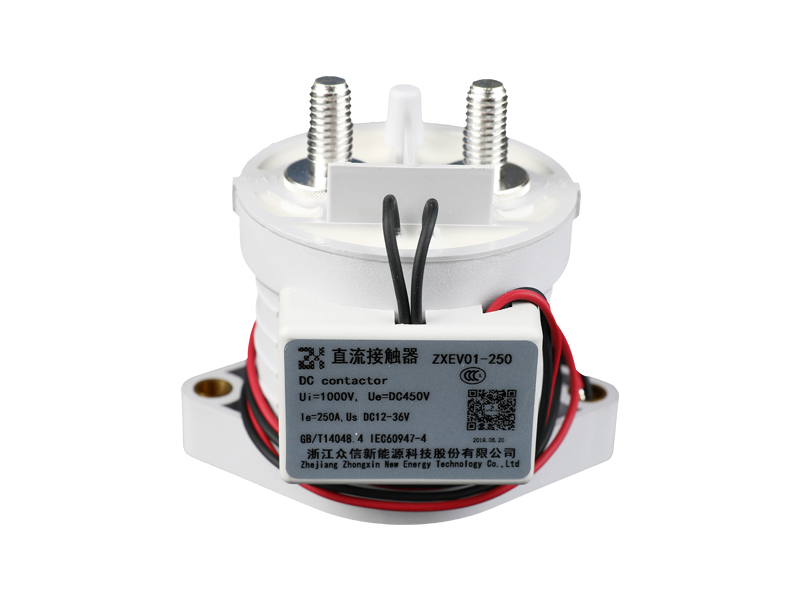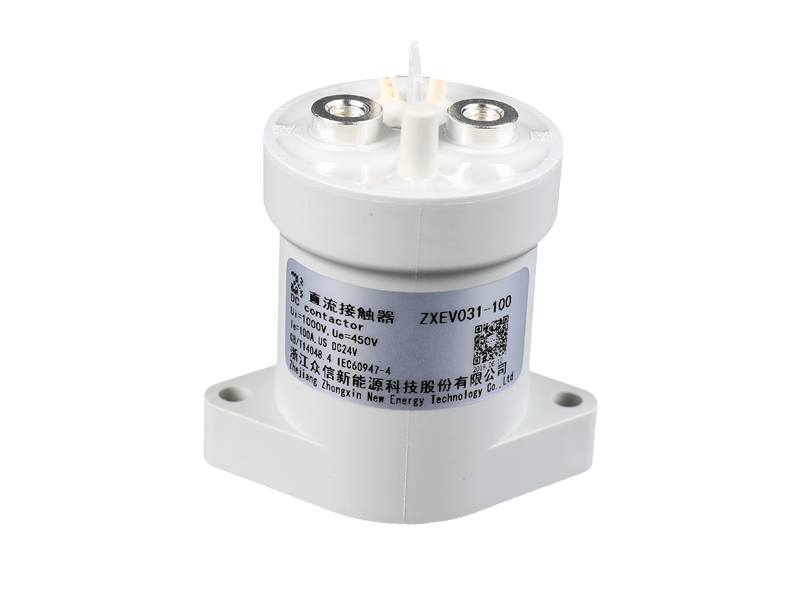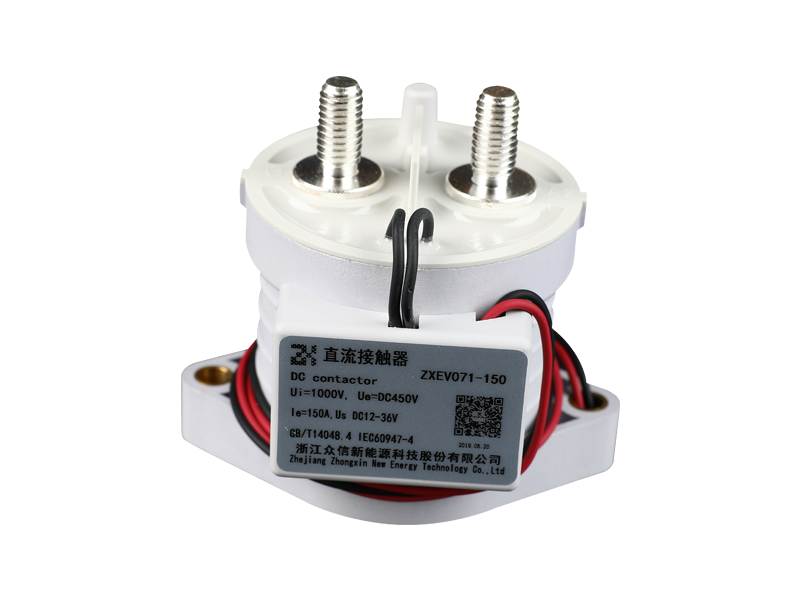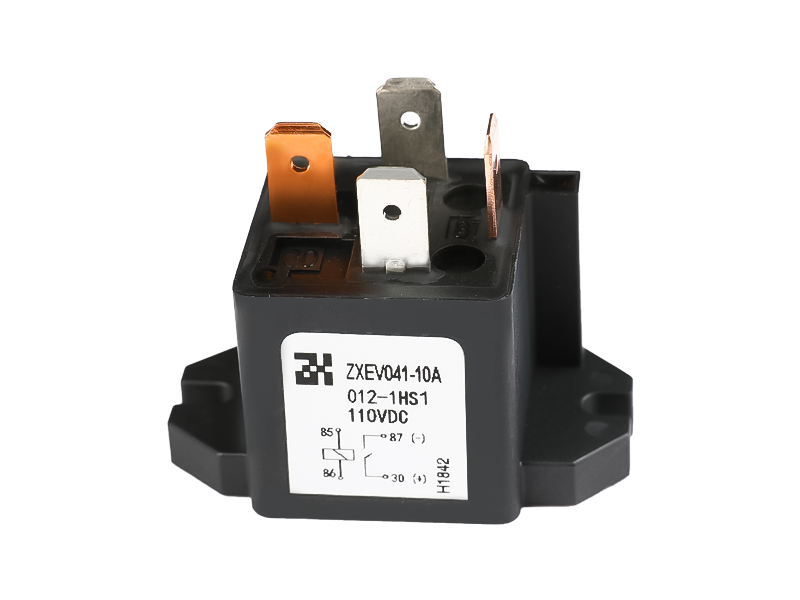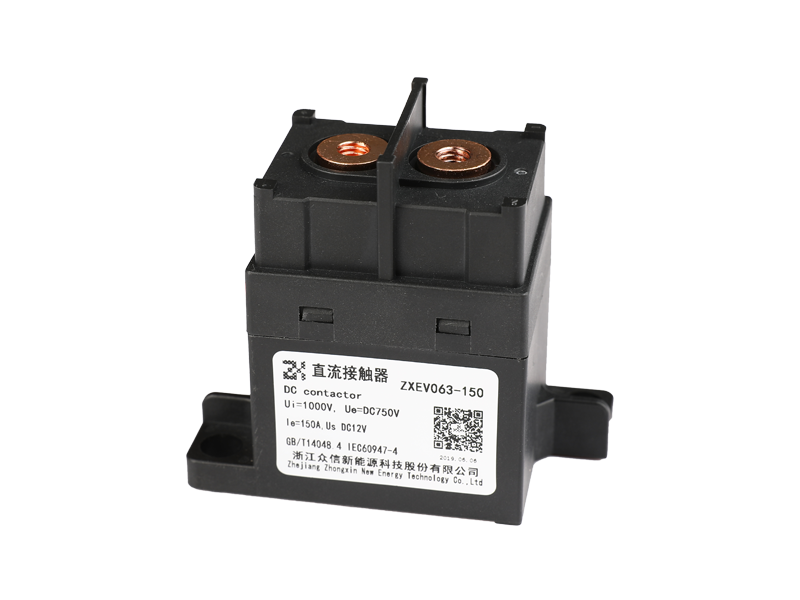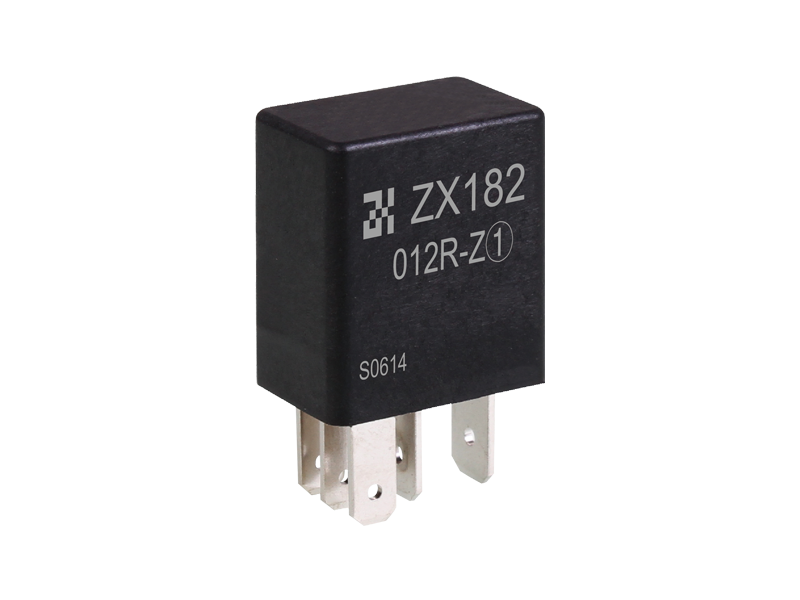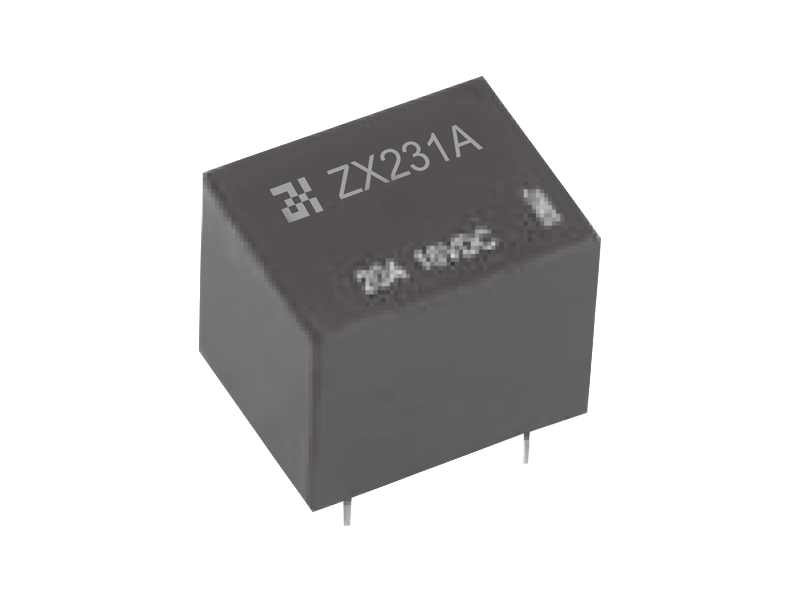Choose DC relay or AC relay, many customers have a lot of confusion on their products. Customers often ask: My relay input is DC, and the output is AC; or the input I want is AC, and the output is DC; or DC to DC, AC to AC, will not work. Faced with the question of whether to use AC relays or DC relays, we need to popularize what is an AC relay and what is a DC relay, and then how to use it.

The simplest popular saying: AC relay is called AC relay, DC relay is called DC relay, AC relay working power is AC, and DC relay working power is DC. The coil diameter of the AC relay coil is less than the coarse turns, and the coil diameter of the DC relay coil is more than the fine turns. The core of the AC relay has a short-circuit ring, but the DC does not. The cores of AC relays are mostly E-shaped, and the DC cores are cylindrical. The AC coil will generate heat due to the eddy current and hysteresis loss of the iron core, so the coil has a skeleton to isolate the iron core from the coil, and the coil is made into a short and thick chunky type, so that the coil and the core can dissipate heat.
DC coils are mostly frameless, tall, thin and tall, making direct contact between the coil and the iron core for heat dissipation. From the perspective of the heat generation of the coil and the iron core, in the AC electromagnetic system, the iron core is a heat-generating component, and there is a large gap between the coil and the heat. In the system, the coil is a heat-generating component, and there is no gap with the iron core. The iron core is used for heat dissipation, and the shape of the coil is elongated, which is convenient for the heat dissipation of the coil itself.
Q: "If the coil is connected to the AC circuit, can the contacts be connected to the DC circuit?" This is possible. Conversely, if the coil is connected to the DC circuit, it is also feasible to connect the contacts to the AC circuit. In these two cases, the cable peugeot is generally different, and the cable number is also different when selecting the case. However, this loop is easy to generate some induced voltages, and it is easy to make wrong judgments during measurement and maintenance.
Question: "How do I choose AC or DC for relays?" AC has a wider range of application, but DC relays are relatively less used. The scope of application of DC relays generally has two situations: 1 applied to the protection interlock system, even in the case of factory AC power loss, the protection circuit can be triggered, of course, its contacts must also be DC systems; 2 applied In high-power occasions, DC relays can be used in places where there is a requirement for the control of electromagnetic force, because the same 220V but the electromagnetic force generated by DC is much larger, which is more beneficial to the control of the main circuit. In automotive applications, we use DC power to supply power, so we use DC relays.

